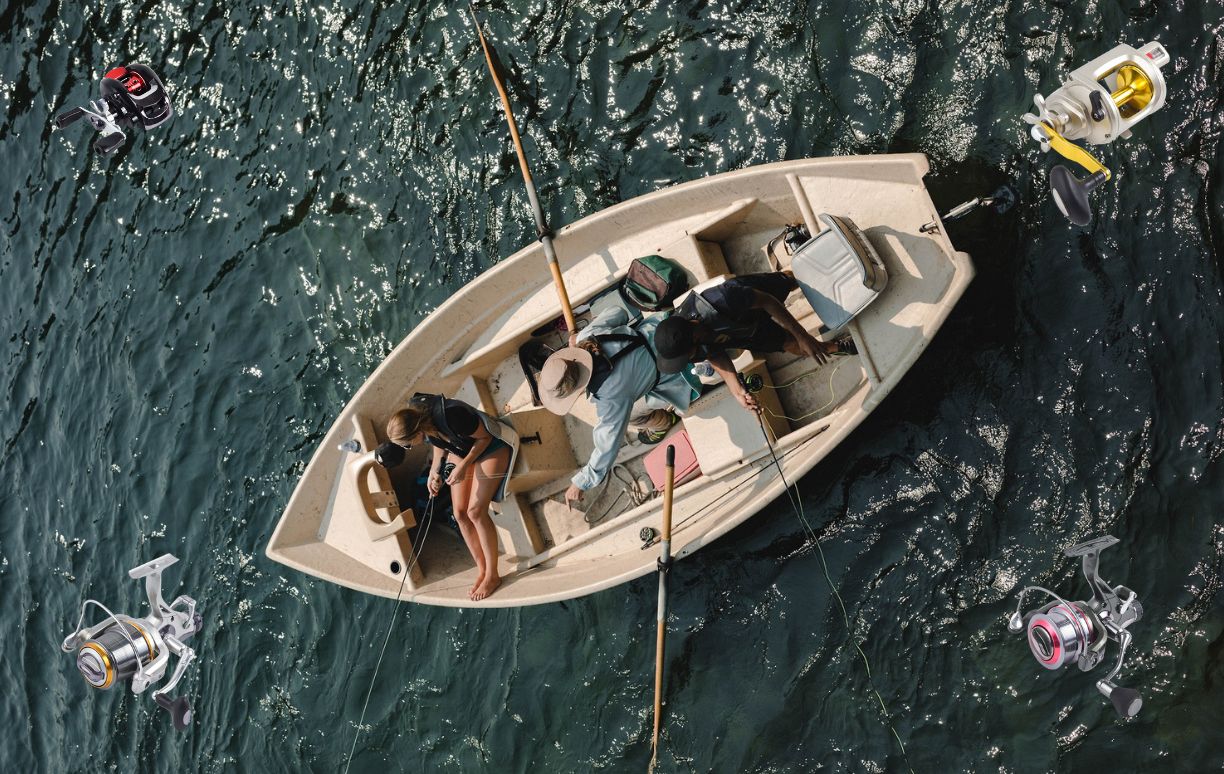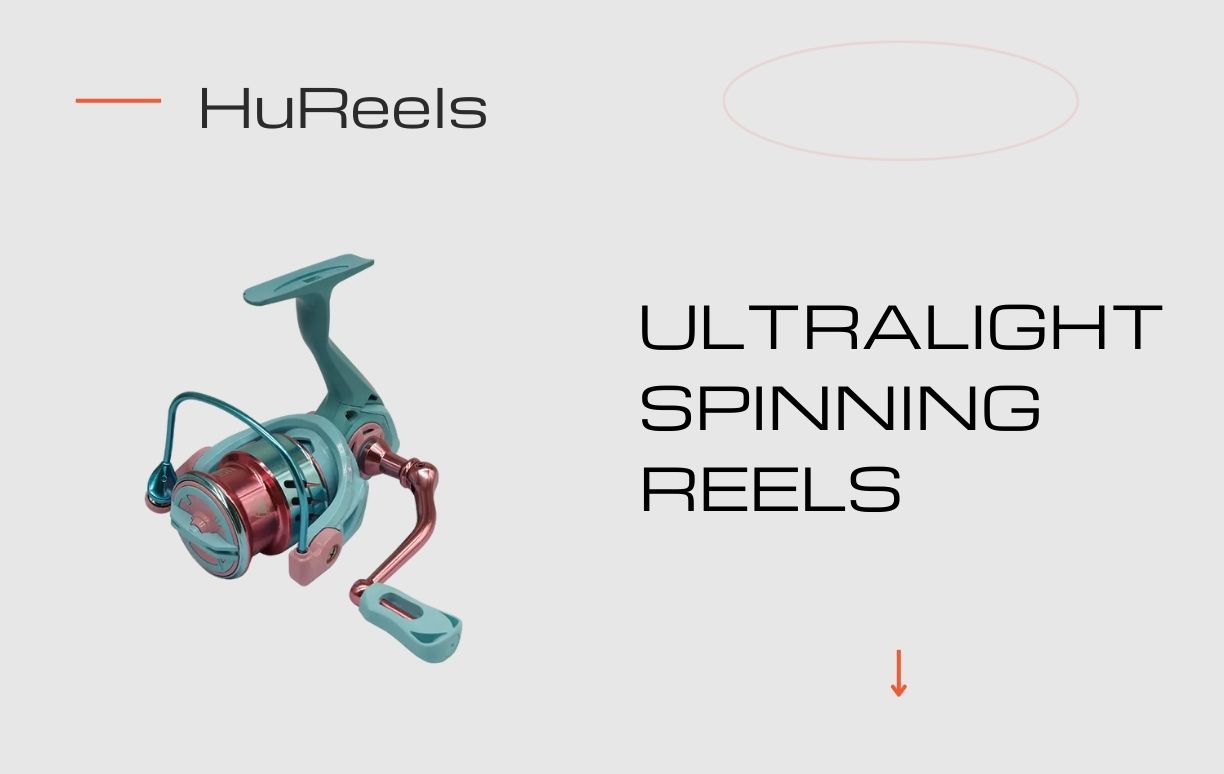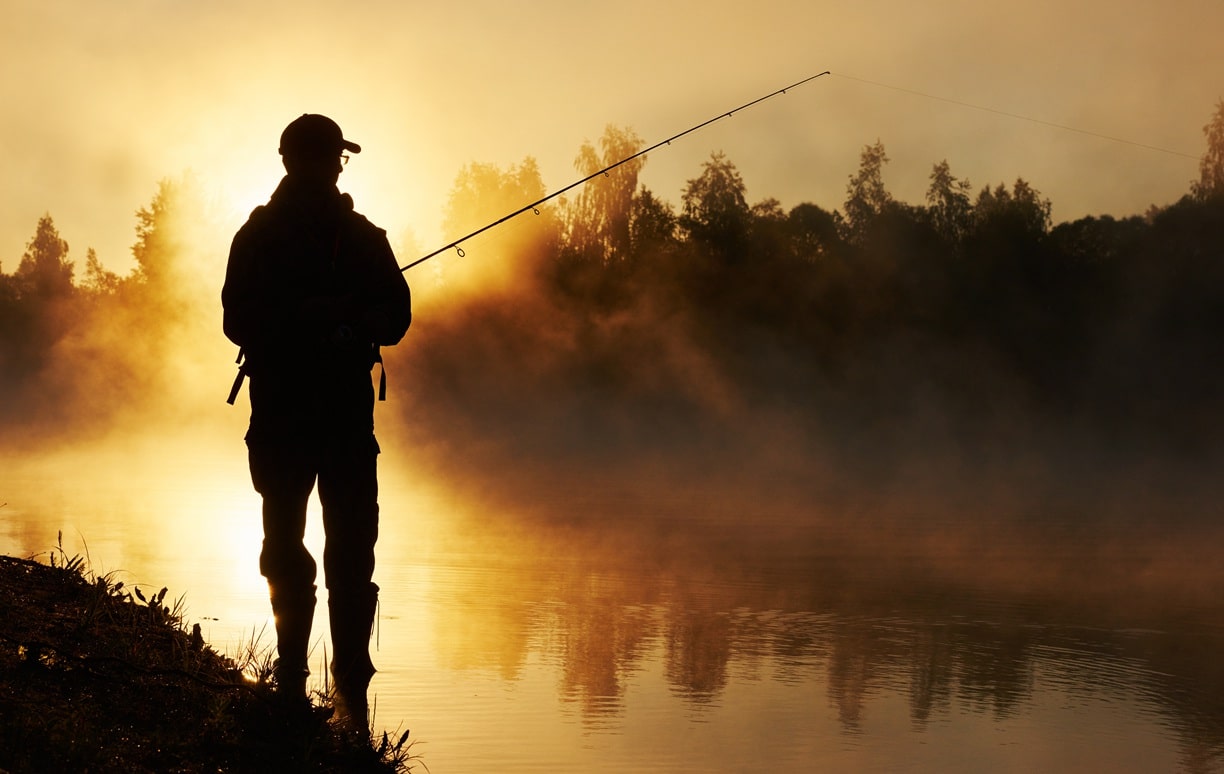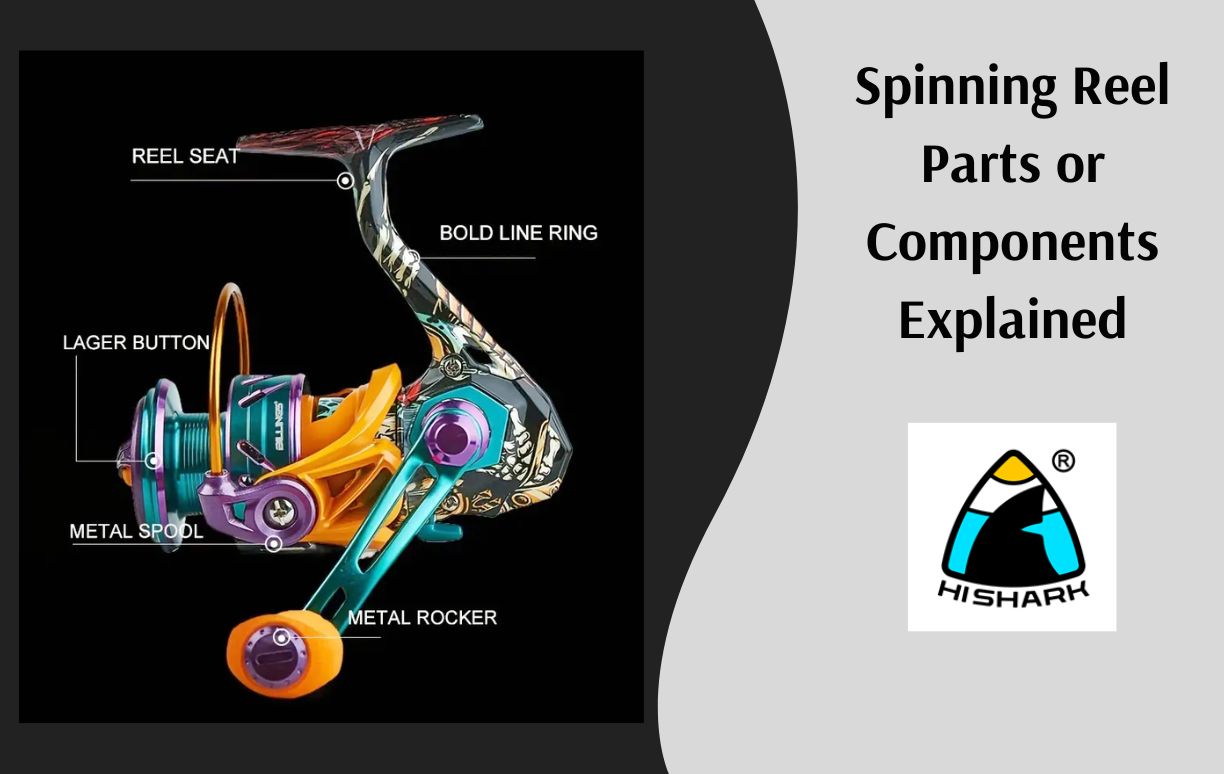Spinning reel fishing techniques explained in 2024
Spinning reel fishing techniques explained in 2024
December 12, 2024

Mastering fishing techniques of spinning reels needs practice and time
Spinning reel fishing techniques are essential for anglers aiming to maximize their success on the water. The process starts with selecting the right gear, including matching the spinning reel to the rod and line for optimal performance. Casting techniques such as the overhead cast, sidearm cast, and roll cast are fundamental skills, each offering benefits depending on the environment and target species. For instance, the overhead cast is ideal for distance, while the sidearm cast is perfect for tight spaces.
Retrieval techniques are equally crucial. The straight retrieve is the simplest, involving a consistent reeling pace that works well with most lures. The stop-and-go retrieve, where you reel in spurts and pause, mimics the erratic movement of prey, often triggering strikes. Meanwhile, the twitch-and-pause technique adds a lifelike action to your lure, enticing fish to bite.
Proper gear management is key to these techniques. Ensuring your line capacity matches your reel and understanding the role of the pinion gear in smooth operation are vital. A well-maintained reel with the correct drag setting prevents line breaks and ensures a smooth fishing experience.
Mastering these fishing techniques of spinning reels requires practice but leads to a more rewarding and successful angling experience. Hopefully you achieve a lot with fishing in 2024.
Introduction to Spinning Reel Fishing Techniques
Spinning reel fishing is a favorite among anglers due to its versatility and ease of use. Whether you’re targeting freshwater bass or saltwater species, understanding the right techniques is key. This guide delves into essential fishing techniques of spinning reels, offering tips to enhance your experience on the water.
Basic Setup and Preparation
Before starting, ensure your gear is set up correctly. Your spinning reel should match your fishing rod and line. This ensures smooth operation. For smaller fish, opt for a 1000-6000 size reel, which is called small spinning reels. For larger species, a 6000-12000 size reel is more appropriate, which is called large size spinning reels.
Choosing the Right Line:
The type of line you choose impacts your fishing success. Monofilament is versatile and suitable for beginners. Braided line is stronger and has less stretch, making it ideal for heavy cover fishing. Fluorocarbon is nearly invisible underwater, perfect for clear water conditions.
Spooling the Reel:
Proper spooling prevents line twists and tangles. Attach your line to the spool, keeping tension as you wind it on. Fill the spool to approximately one eighth of an inch from its edge. This ensures the line lays evenly, reducing the risk of tangling.
Casting Techniques
Overhead Cast:
This is the most common casting method. To perform an overhead cast, grip the rod with both hands. Swing the rod back, then forward, releasing the line at the highest point of your forward motion. Practice is key to mastering the timing and achieving maximum distance.
Sidearm Cast:
Use the sidearm cast when space is limited. Swing the rod sideways while maintaining a parallel to the ground position. As the rod travels ahead, release the line. This technique is effective when casting under low-hanging branches or other obstacles.
Roll Cast:
The roll cast is useful in tight spaces. Lift the rod tip slightly and flick it forward. The line should roll out smoothly onto the water. This cast is more about precision than distance and is often used in fly fishing, but it’s also effective with spinning reels.
Retrieval Techniques
Straight Retrieve:
The straight retrieve is simple and effective. After casting, turn the reel handle at a steady pace. This method works well with most lures, including spinners and crankbaits. Adjust your speed depending on the target species and conditions.
Stop-and-Go Retrieve:
Add variety to your lure’s action with a stop-and-go retrieve. Reel in a few cranks, then pause briefly before reeling again. This mimics the behavior of an injured baitfish, making it an attractive option for predatory fish.
Twitch and Pause:
This technique involves reeling slowly while twitching the rod tip every few seconds. After each twitch, pause briefly to let the lure sink or hover. This action simulates a wounded baitfish, often triggering strikes from cautious predators.
Techniques for Different Environments
Freshwater Lake Fishing:
In lakes, fish are often found near structures like submerged logs, weed beds, or drop-offs. Cast near these areas and use lures that mimic local prey. The stop-and-go retrieve is particularly effective in this environment, especially when targeting species like bass.
River Fishing:
River fishing requires an understanding of the current. Cast upstream and let your lure drift naturally downstream. A straight retrieve or twitch and pause technique works well in rivers. These methods mimic prey moving with the current, enticing fish to strike.
Saltwater Shore Fishing:
When fishing from the shore, cast beyond the surf zone where fish are likely feeding. Use lures like metal spoons or soft plastics. A fast, steady retrieve is often effective in saltwater, especially when targeting species like bluefish or mackerel.
Boat Fishing:
Boat fishing offers access to deeper waters and structures. Cast towards reefs, rocks, or drop-offs, letting your lure sink to the desired depth. Experiment with different retrieval techniques to determine what works best for the fish you’re targeting.
So they are the benefits of fishing from different ways above.
Advanced Spinning Reel Fishing Techniques
Drop Shotting:
Drop shotting is a finesse technique that keeps your bait off the bottom. Use a drop shot weight and tie your hook above it. This setup allows the bait to hover above the bottom, making it more visible to fish. This technique is particularly effective for bass fishing.
Jigging:
Jigging involves lifting and dropping the lure in a vertical motion. It’s an effective method for fishing in deeper waters. Use a heavier jig in deep water and a lighter one in shallow areas. The erratic motion of the jig often triggers strikes from predatory fish.
Soft Plastics Fishing:
Soft plastics can be rigged in various ways. The Texas rig is great for fishing in heavy cover, while the Carolina rig allows for deeper presentations. Both rigs can be fished with a straight retrieve, twitch and pause, or stop-and-go technique.
Tips for Success
Match the Hatch:
Always try to match your lure to the local baitfish in the area. Consider the size, color, and type of prey when selecting your lure. This improves your chances of getting fish to bite.
Adjust Your Drag:
Proper drag adjustment is critical. Set your drag to match the size of the fish you’re targeting. A properly set drag prevents line breakage and ensures a smooth fight.
Stay Patient:
Patience is key in fishing. If one technique isn’t working, don’t hesitate to switch it up. Experiment with different lures, retrieves, and casting techniques until you find what works.

Spinning Reel Pinion gear
The pinion gear in a spinning reel is crucial for smooth and efficient operation. It directly affects the reel’s gear ratio, which determines the speed and power of line retrieval. A well-designed pinion gear ensures that the reel operates smoothly, providing consistent and reliable drag during a fight with a fish. This smooth operation is essential for techniques like steady retrieves, where maintaining constant pressure and motion is key. A high-quality pinion gear also helps reduce wear and tear on the reel, prolonging its lifespan.
Spinning Reel line capacity
Line capacity significantly affects spinning reel fishing techniques by determining how much line your reel can hold. This is crucial for both casting distance and the ability to handle different types of fish. A larger line capacity allows for longer casts, essential when fishing in open waters or targeting species that require a greater reach. It also enables you to use heavier lines for bigger fish, ensuring you have enough line to manage long runs during a fight. Conversely, a reel with lower line capacity is better suited for lighter lines and shorter casts, ideal for smaller species or fishing in confined spaces. Properly matching spinning reel line capacity with your fishing environment and target species enhances overall technique and increases your chances of success.
Conclusion of Spinning Reel Fishing Techniques
Mastering spinning reel fishing techniques takes time and practice in 2024. From basic casting to advanced methods like jigging and drop shotting, each technique has its place in your angling toolkit. Understanding the environment you’re fishing in and adjusting your methods accordingly can make a significant difference in your success. By honing these skills, you’ll improve your chances of landing your target species and enhance your overall fishing experience. Remember, patience and practice are your best tools in becoming a proficient angler with a spinning reel.
Finally have a look at one interesting post on how to reel big fish.


















